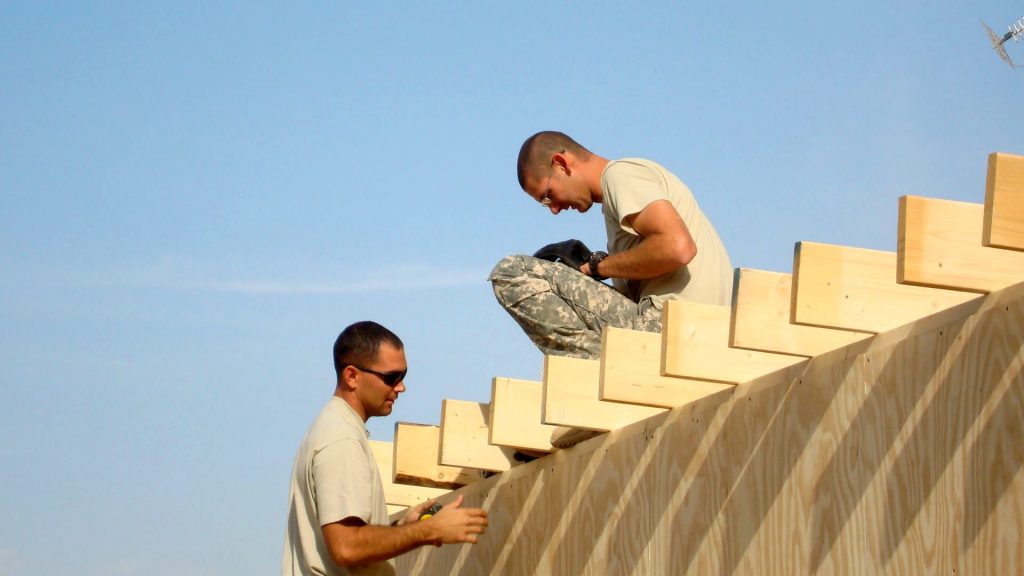Knowing how to measure a roof can be handy especially if it needs to be replaced. Here are the basic steps. Note that these figures are for typical roof designs.
Requirements
Measuring tape
How to Get the Roof Coverage Area
Start by measuring the roof coverage area. You do this by measuring roofing squares. A single roofing square is equal to 100 feet. This means a 10 x 10’ area is equivalent to one roofing square. Begin by measuring the perimeter of the house. Take the tape measure. Measure the house wall’s width and length.
If your house is rectangular, you can get the floor level area in sq ft by multiplying the length by the width. The result is the plain level below the roof. Note: keep the roof overhang in mind when learning how to measure a roof.
If your house is irregularly shaped, measure the length and width of every piece. Add this to the total measurement.
Convert Plain Level Area to Roofing Squares
To make this conversion, take your raw number and divide it by 100. If the number is 50,000, you will end up with 500 squares of surface area. The next step is to convert the two dimensional figure into three dimensional. This will hinge on the roof steepness. Next you have to multiply the roofing squares with the ground level roofing squares.
How to Calculate the Roof Slope
A low slope will have a 3:12 pitch minimum. This signifies that the roof will rise three feet per dozen feet of the base horizontal length. The multiplier is 1.15 to 1.25 times the number of the ground squares. A 6:12 – 9:12 roofing slope range means the slope is the medium type.
The multiplier will be anywhere from 1.25 to 1.4. This will hinge on the roofing slope steepness. It will also depend on how complex the roof shape is. The roof cut up will also affect the multiplier. The more valleys, endwalls and dormers on the roof, the more cut up it is.
Slopes greater than 9:12 belong to the high pitch/slope group. The multiplier to be used here is 1.7 for a high sloped roof and 1.41 for a basic roof with gable. A heavily cut up roof will require other multipliers.
When learning how to measure a roof, keep in mind that roofing multipliers are not precise figures. A lot will depend on the individual style of each roof.



